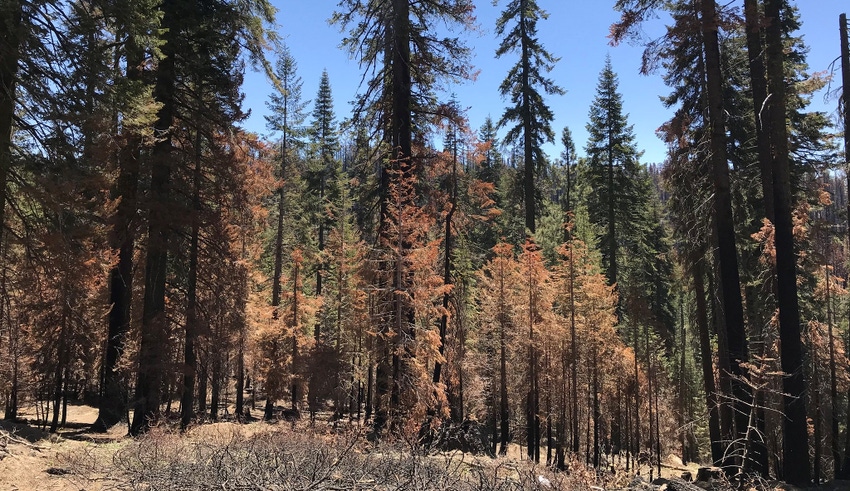
Residents who experienced direct harm from Oregon’s 2020 wildfires are more likely to take steps to mitigate their fire risk in the future, an Oregon State University study found.
They’re also more apt to participate in community-helping activities like donating to and volunteering with emergency response groups after wildfires.
Disaster preparedness actions for wildfire risk may include preparing an evacuation plan, replacing flammable building materials, assembling an evacuation kit, improving air filtration and removing vegetation near the home, among others.
The OSU study provides a more comprehensive examination of people’s experience with wildfire than most prior wildfire research, the authors say, because it asked about both mitigation and community-based responses. Researchers also asked detailed questions about the harm caused by the 2020 wildfires to participants directly, to their property, to their finances, to their mental and physical health and to their daily activity.
That level of detail provided researchers more information about why people choose to engage in disaster preparedness and to help their community.
The single most powerful factor was what researchers call “descriptive norms,” which can be understood as a form of peer pressure: When people thought that more of their friends or neighbors were taking wildfire preparedness actions, they were more likely to do more to prepare themselves.
Published in Disasters, the study builds on previous work by co-author Hilary Boudet, an associate professor of sociology at OSU who researches the links between extreme weather events, climate policy and social mobilization around disaster response. The results were based on survey responses from people who lived in rural and urban areas across Oregon at the time of the September 2020 wildfires.
Predictably, people who experienced more severe harm from the 2020 wildfires were more likely to be proactive with future wildfire preparedness than those who were less affected, but several other factors also influenced individual responses. Women, people in rural areas and people with members of vulnerable groups in their households were all more likely to engage in more preparedness actions.
Researchers found that people who reported more concern about climate change after the fires were 1.5 times more likely to take at least three wildfire preparedness actions, compared with people whose concern about climate change stayed the same or declined after the fires.
More information also translated into more action. People who sought out safety information about the 2020 wildfires from official city, county and state websites were 1.7 times more likely to take three or more disaster preparedness actions.
More likely to donate
Several of these factors were also associated with higher likelihood of people donating and volunteering to help their community, including severity of harm experienced and concern about climate change. Demographically, households with minors were more likely to engage in community-helping behaviors.
“We call this ‘altruism born of suffering,’ where people who experience harm have a sense of relatedness, of connectedness, with people experiencing similar things, so their likelihood of community-helping behavior increases,” said Usman Siddiqi, lead author on the study and a doctoral student in OSU’s School of Public Policy.
Researchers offered policy recommendations based on their findings, focused on how local and state governments can motivate residents to be more proactive. The researchers suggest providing more platforms for local residents to interact with each other, so they can engage in policy discussion and talk among themselves about what mitigation measures they’re taking.
They also suggested that media campaigns should capitalize on the power of “descriptive norms” by highlighting what ordinary people are doing in their daily lives to protect their own homes.
“When people are talking with other people, they are more likely to take action,” Siddiqi said.
Policymakers should also engage with community gatherings to help residents connect their lived experiences with climate change and the need for more action, he said.
Source: Oregon State University
About the Author(s)
You May Also Like




